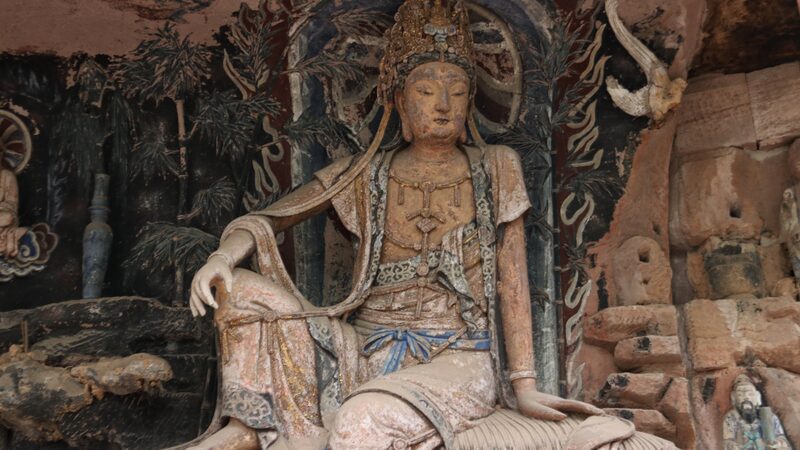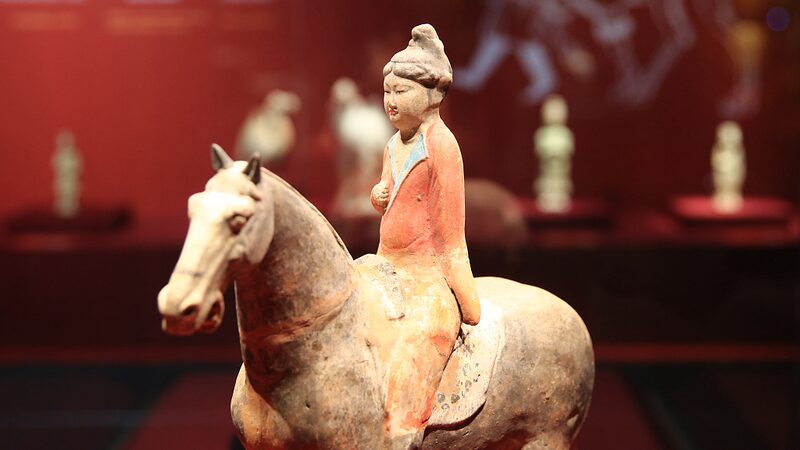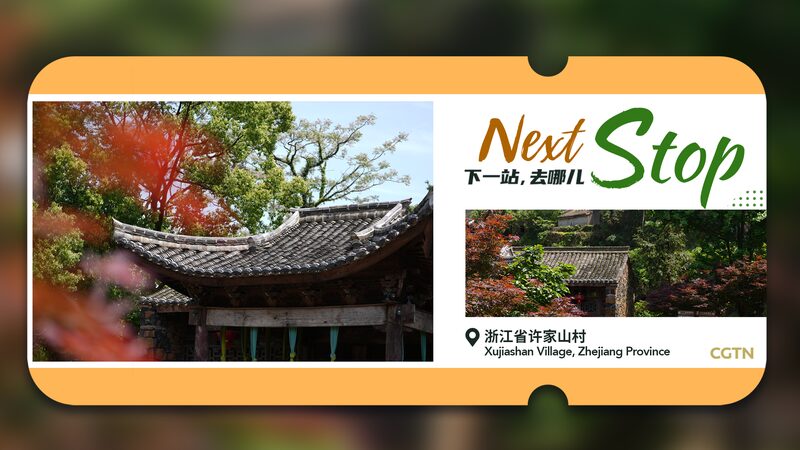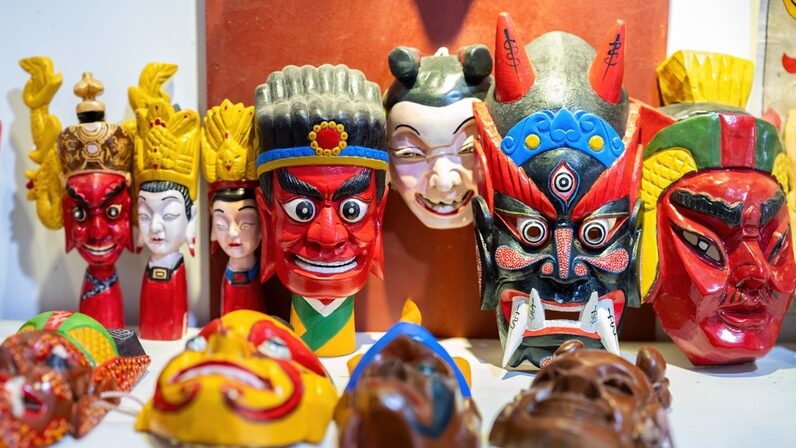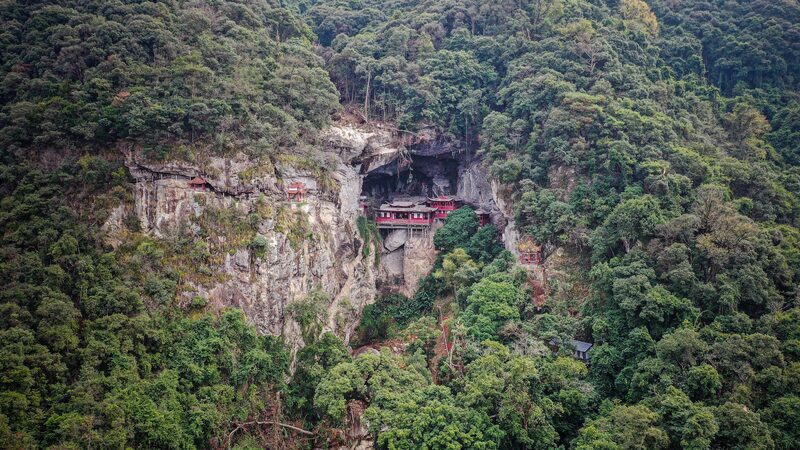High atop Tazishan Mountain in Anyue County, southwest China’s Sichuan Province, lies a hidden gem that has withstood the test of time—Pilu Cave. This ancient site, adorned with over 400 cliffside stone sculptures, offers a mesmerizing glimpse into the rich cultural heritage of the Song Dynasty (960-1279).
Meticulously carved by skilled craftsmen over a millennium ago, the sculptures of Pilu Cave stand as a testament to the artistry and spiritual devotion of the era. Each carving, etched into the rugged cliffs, tells a story of faith, tradition, and the enduring human spirit.
Among these remarkable works is the renowned Zizhu Guanyin, the “Purple Bamboo Bodhisattva of Great Mercy,” housed within the serene Guanyin Hall. Nestled amidst a grove of purple bamboo, this divine figure was crafted during the Northern Song Dynasty (960-1127) and has captivated admirers for generations. The delicate features and compassionate expression of the bodhisattva reflect the profound spiritual reverence of ancient Chinese culture.
Pilu Cave not only offers a window into the past but also serves as a bridge connecting contemporary visitors with China’s rich historical tapestry. The site’s preservation allows travelers, scholars, and culture enthusiasts to immerse themselves in the legacy of the Song Dynasty, fostering a deeper appreciation for Asia’s enduring influence on global culture.
As Pilu Cave continues to enchant visitors from around the world, it stands as a symbol of the timeless beauty and cultural wealth that define China’s historical landmarks. Whether you are a traveler seeking adventure, a scholar pursuing knowledge, or a cultural explorer on a journey of discovery, Pilu Cave beckons with its millennia-old legacy waiting to be unveiled.
Reference(s):
cgtn.com
